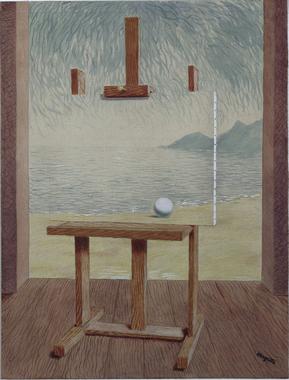Plato’s philosophy and Athenian society
By Thomas
Plato’s allegory of the cave is one of the most famous and relevant philosophical ideas in human history. Hypothesizing that we are, in fact, living in a world full of lies and shadows, and that one must exit this false world or “the cave”, and see the true light before returning to retrieve the other members of society and enlighten them as well. Perhaps the reason why this philosophy is so well known and acclaimed is simply because it is so relevant to almost every civilization, and every society in one way or another. For example in today’s world, we are blinded by bias media, corrupt governments, and propaganda which drain us of any personal opinion, leaving us only with the false information that we take in that can be easily manipulated. This analogy, however, can relate back to the Athenian civilization as well, regarding possibly one of the Greeks most fatal mistakes and the conflict that the society had with Socrates. The ethical decision by Greece to execute Socrates may not have been entirely correct; however it is apparent how Socrates became the victim in what was the Athenian cave of shadows.
The trial of Socrates took place in 399BC, in Athens. After the long and gruesome wars with Persia, and the occupation of Persia in the Athens, Athens finally re-established their democratic ideals. Socrates however, continued to theorize of anti democratic governments, including the “clean slate” theory and share his wisdom openly in Athens, causing fear of revolution from the Athenian government. This would lead to the arrest, trial, and eventual death for Socrates. Ironically this can perhaps correlate directly to his pupil, Plato, and his philosophy of the cave, and although it can be argued whether the death of Socrates was a democratic decision or not, it is hard to ignore the fact that the Athenian society had directly eliminated, in Plato’s terms, a potential philosopher king who could have very well brought Athens to the absolute truth.
Plato believed that we are all born in a world where we see only a shadow of the reality, and that there would be someone who rise above and experience the world for what it truly was, but upon his return to enlighten the rest of the community, he would look foolish, and only when the society would understand what the philosopher knew, would the civilization emerge from the cave and know the absolute truth. In Athens, Socrates was a well known and well regarded philosopher, who, we can understand, was attempting to guide Athens out of the cave, making him the philosopher king. However the public did not agree. With the recent tyrannical period of Critias, and Socrates’ close relationship with him, the Athenian democracy shut down the idea of Socrates’ clean slate theory, and his abolition of democracy for one true philosopher king to rule over the entire state. As you can see the lines can be very accurately drawn between the allegory and the reality. The ethical argument of killing Socrates aside, I believe there is a major hole in the theory of the cave, and that is, how can one truly know that they have witnessed or have knowledge of the true world, if in fact we live in a cave of shadows? Athens may have understood that their current state was the absolute truth, and in fact they had already emerged from this cave, which makes the death of Socrates completely correct in their case, and his philosophy false. Then again, if Socrates’ philosophy was in fact the absolute truth, would the Athenians prefer it over their current state? While I believe the death of Socrates could have been one of Ancient Greece’s few mistakes, and that Plato’s philosophy can easily compare with the trial, it is very hard, given Greece’s state at the time, to justify one side more than the other, as neither believed they were in the wrong.
While Plato’s philosophy can be interpreted in many ways, its relation to the trial of Socrates can be interpreted and investigated in many ways. Socrates saw himself as a philosopher who’s ideas were correct, but at the same time contradicted many of Athens ideals such as democracy. Just as in the cave philosophy, the society ridiculed Socrates and saw him as a threat of influence and executed him. According to Plato this would have been a failure of the civilization, who were not ready understand the absolute truth, but in many ways, Socrates’ ideas may have destroyed what was a functional Greek society. While the Greeks may not have been in the right by killing Socrates, the conflict over who was the “philosopher king” is impossible to settle.
